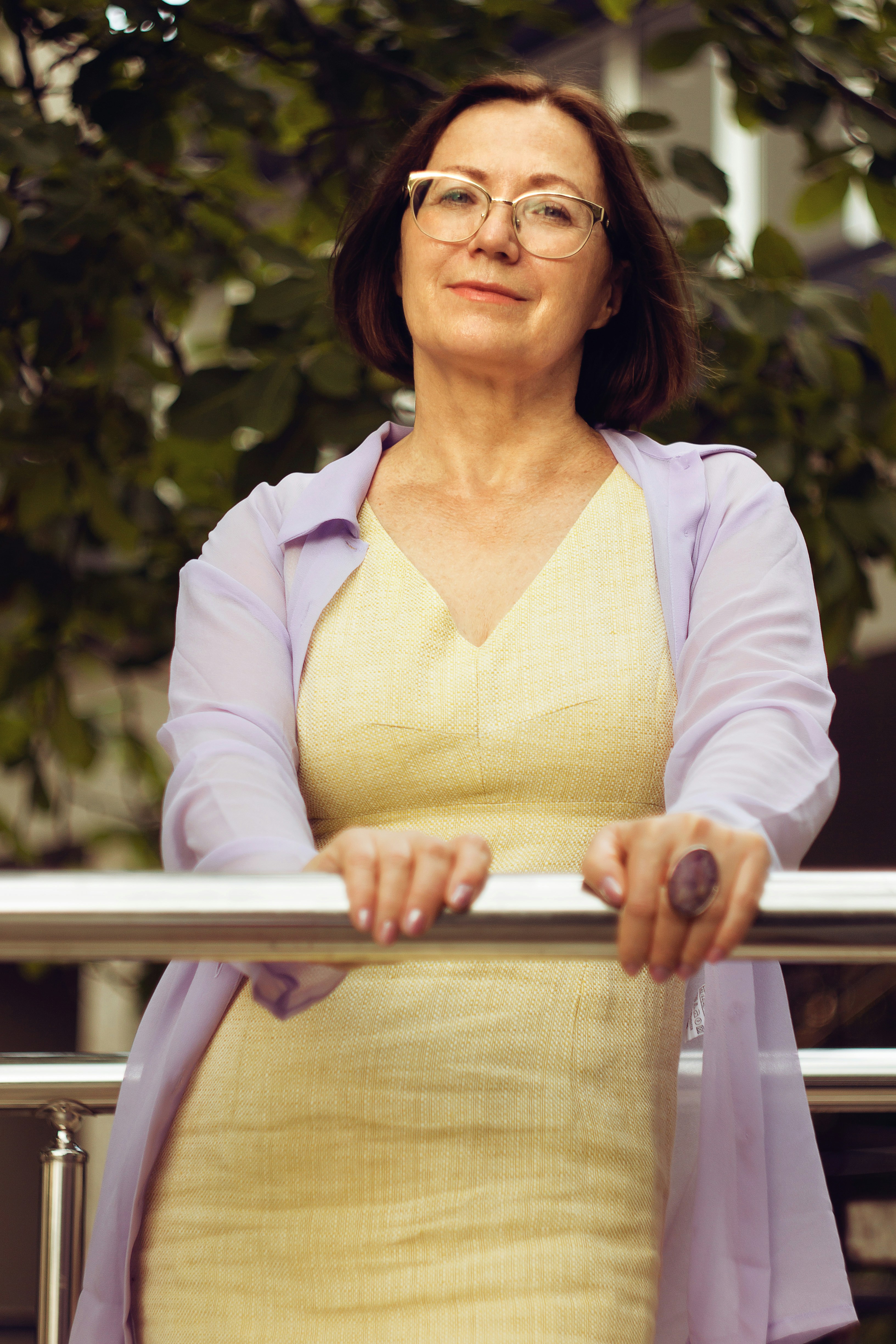Room Away from Home
UX/UI Design
Mobile App Design & Prototype
Role
UX/UI Designer User Researcher Ideation User Testing
Tools
Figma Framer Google Forms
Duration
6 weeks
Team
3 UX/UI Designers
Project Brief
This project challenged us to research problems we're currently facing in the community and design a prototype for a mobile app that demonstrates a logical user interface and interactions with a simulated database. My role in this project involved conducting primary and secondary research and developing the interface, visuals, wireframes, and prototype for the mobile application.
Meet Sarah
Sarah is a 32-year-old professional who, during the pandemic, experienced COVID-19 symptoms and needed to isolate away from her family. She struggled to find a safe place for quarantine on booking platforms (such as Airbnb, Vrbo, Expedia, etc.) as they were limiting bookings for safety reasons.
The Problem
During the uncertain times of the ongoing spread of COVID-19, hospitals were becoming increasingly overwhelmed, and individuals faced difficulties in effectively tracking their symptoms and adhering to recommended protocols. This further contributed to the spread of the virus and placed additional strain on healthcare systems.
How might we… develop a digital platform that empowers individuals to quarantine in designated spaces with personalized guidance on COVID-19 protocols and connect with healthcare resources, mitigating the spread of the virus and alleviating the burden on overloaded hospitals?
Initial Research
We interviewed 9 people to better understand potential users' needs, preferences, and pain points regarding the current COVID-19 quarantine accommodations. We found that most of them found it difficult to book a safe place to quarantine, as popular sites wouldn't accommodate potentially sick guests. After gaining informal insight from our peers, we conducted a short survey to gain quantitative information about people’s experience with COVID-19 quarantine/isolation.
The Solution
A booking application with daily health checkups designed to secure quarantine accommodations while empowering users to monitor their health status throughout their isolation period. As a result, it would also help reduce the spread of COVID-19, avoid overloading hospitals, and track individuals doing their self-isolation.
About our approach
Research
Our primary goal was to deeply understand the target users' needs, preferences, and pain points. We conducted qualitative interviews and surveys to gather insights directly from potential users. We asked open-ended questions and structured surveys to uncover users' experiences with quarantine accommodations, their preferences for booking platforms, and their challenges in tracking symptoms and adhering to quarantine protocols.
Through this, we were able to conclude that:
Most of our respondents live in BC, and nearly half of them have quarantined themselves before.
Most respondents agree that an app that offers daily checkups is helpful during the pandemic.
Food, sanitation, and medical equipment (e.i., thermometer) must be provided at the quarantine place.
Entertainment and amenities are significant factors they would consider before renting a place to quarantine.
We also conducted a competitor analysis of similar apps to identify strengths, weaknesses, and opportunities for differentiation. We analyzed user reviews and ratings to gain insights into user satisfaction and areas of dissatisfaction with existing solutions.

Based on the information gathered, we created user personas to visualize and empathize better with our targeted users' needs and design solutions that address their specific challenges and preferences.
Design
Based on the data collected, we designed the basic layouts. Below are screenshots of the low-fidelity to higher fidelity wireframes. My focused pages were the home screen and the search pages — map page, calendar, and search results.

Testing + Refining
Once we had the prototype ready on Framer, we asked participants to perform usability tests and record their interactions. Most of the issues were minor and didn't require a major change in the design. Finally, when all issues were addressed and improved, we created presentation slides that would give an overview of the project and illustrate important features of the app.
Where we could have improved
While we were satisfied with the final grade of this project, we recognize that we could have done more iterations and testing, and the interactions could also have been improved. One mistake we made was aiming for perfection from the very first iteration of the prototype, which didn't allow us to experiment further as we were afraid to make mistakes. This was primarily due to time constraints and pressure to meet the project deadline.
During this project, we were also introduced to Framer, which initially was a learning curve, but it didn't take very long to learn its features and capabilities. We collaborated effectively and iterated our designs to gather feedback from our teachers and classmates.
Moving forward, we recognize the importance of continuous testing and iteration. While our current solution may not be perfect, it is a solid foundation we can build and refine in future iterations.




